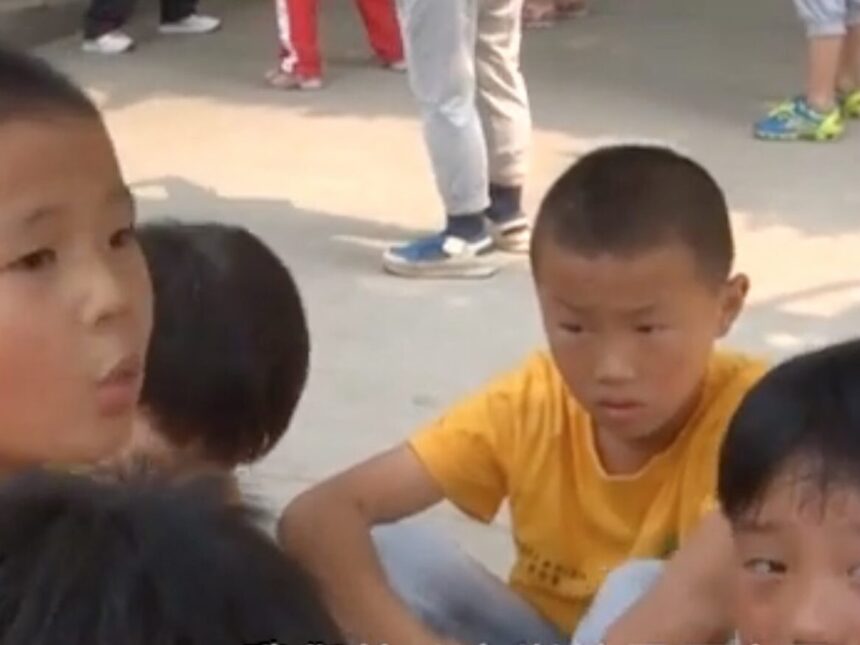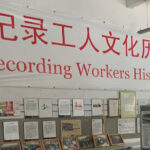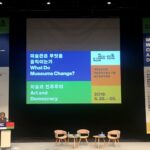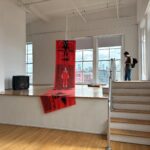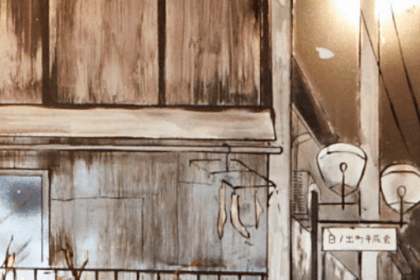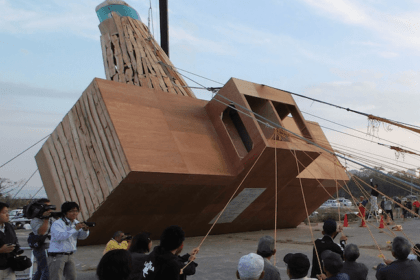Editorial | Winter 2024
I am pleased to introduce FIELD’s Winter 2024 issue. This is a special issue, devoted to the Culture and Art Museum of Migrant Workers and its affiliated projects, which were developed in Picun, a migrant workers community on the outskirts of Beijing. The vexed relationship between “workers” and “artists” constitutes one of the primary ideological fulcrums of modern art. From Courbet to Santiago Sierra we find the body of the worker appropriated, invoked and exhibited before a largely bourgeois audience as an instrument of provocation. At the same time artists have often sought to identify themselves, through their own ambivalent position within the discursive logic of the market, with the working class. During the 1920s and ‘30s the figure of the artist as worker (and worker as artist) was a mainstay of Constructivism and the Prolekult movement in both Russia and Germany. During the 1960s we find New York artists (many of whom were exhibiting in prestigious galleries and museums) invoking the notion of the “art worker” to justify their aspirational solidarity with the poor and working class. And today we find numerous efforts to identify artists as part of a “precariat” class, subjected to forms of oppression that mirror the experience of casual laborers. One distinction remains, of course, which is that artists embrace the economic exploitation of the institutional art world as a choice, not a necessity. Thus, the materialist paradigm of identity which makes of the worker an essentialist vessel of proletarian consciousness is suddenly suspended with the artist, whose own class origins can be shed by a simple act of self-declaration. Precisely this tension came to the fore during the Cultural Revolution period in China. Here, as Wei Wu argues in her accompanying essay, painters and sculptors from relatively privileged backgrounds were expected to undergo a cathartic immersion in the material reality of working-class life in order to be reborn as properly revolutionary artists. Nonetheless, they remained perennially suspect, always threatening to devolve back into the ideological swamp of their “black category” origins (“arrogant, conservative, unstable, and undependable,” as Mao wrote). When this experiment failed the CCP sought to train new cadres of artists drawn directly from the working class, by limiting art school admissions to children from “proletarian backgrounds”. But once these working-class offspring underwent an art education they began to lose precisely the material grounding in physical labor that was the precondition for their proletarian status (“degrading proletarian students into bourgeois artists,” as Wu notes).[1] Is there another way in which the identities of “worker” and “artist” might be negotiated? One in which the worker is no longer viewed as a symbolic and ideological resource, but as an interlocutor whose role extends beyond simply validating the proletarian authenticity of the party leadership or the transgressive aura of the bourgeois artist? In the projects and theoretical reflections presented here we can observe a more open-ended and experimental understanding of this relationship, which is predicated, in turn, on a very different model of art making. I would argue, as well, that these projects have important implications for the broader analysis of socially engaged art. I want to extend our sincere gratitude to the three co-editors who produced this issue, Yuxiang Dong, Wei Wu and Yanhua Zhou. It has entailed a great deal of effort on their part, and we are honored to publish this important contribution to new research in the field.
Grant Kester
[1] A parallel dilemma faced the Prolekult movement in the Soviet Union. Platon Kerzhentsev, a theorist associated with the Workers Theater movement, would insist that “the real and only creators of the new theater are those actor-workers who will also remain at their lathe”. See Grant Kester, “Bogdanov, Prolekult and Working-Class Culture in Revolutionary Russia,” Routledge Companion to Marxisms in Art History, edited by Brian Winkenweder and Tijen Tunali (London: Routledge, 2024).

